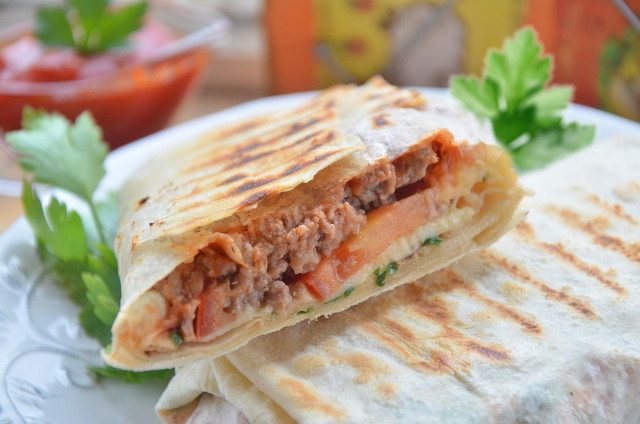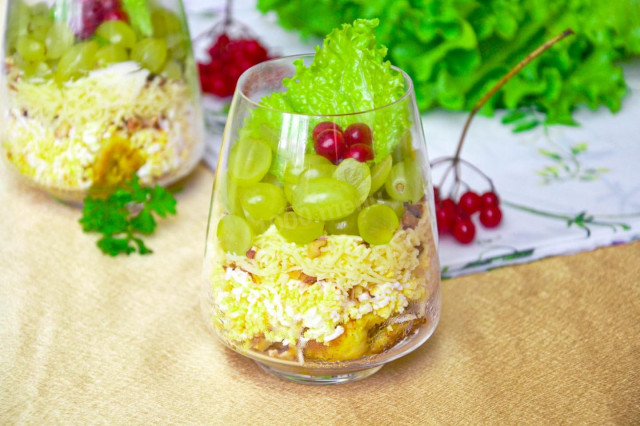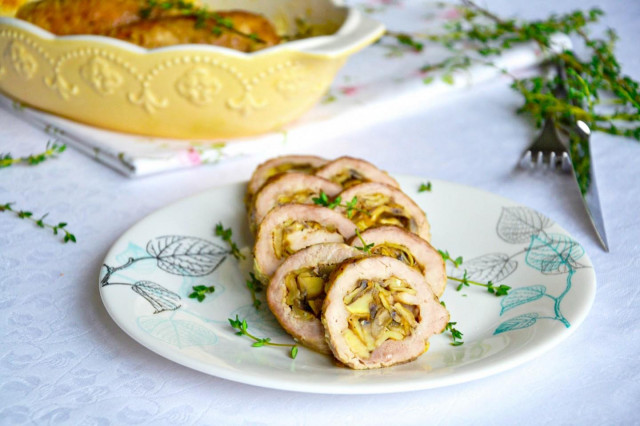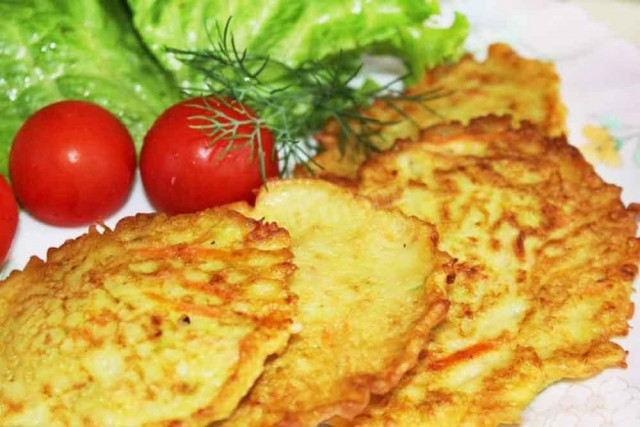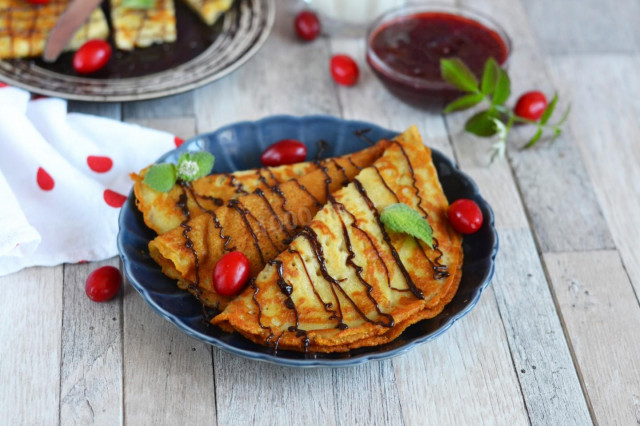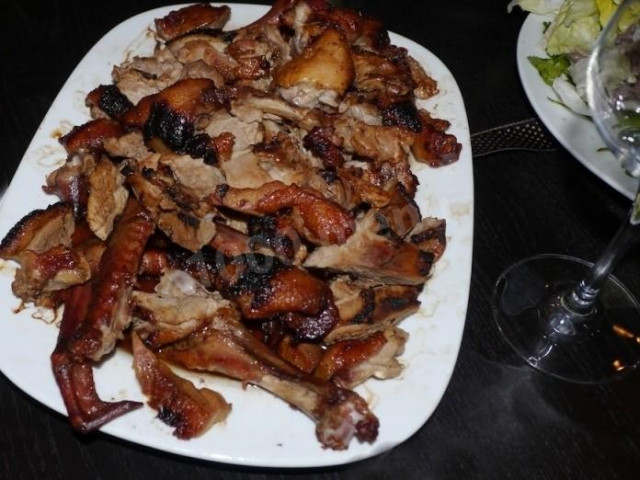Composition / ingredients
Cooking method
Everyone knows shawarma. And I must admit, this dish is not only delicious, but also satisfying, and versatile. You can serve shawarma as a second course, or as a snack, for example, to a foam drink.
How to make shawarma with minced meat?
1. First of all, prepare the ingredients. Wash the tomato under running water, dry it with a paper towel, cut into large slices. Grate the hard cheese on a coarse grater. Wash the parsley thoroughly, be sure to dry it, cut it finely with a sharp knife.
2. Send a frying pan with a thick bottom to the fire, pour vegetable oil. When the oil is heated, put the minced meat. Fry the minced meat for 20 minutes, stirring occasionally so that it does not burn. In the process, add salt and season with ground black pepper to taste.
3. Spread the pita bread on the work surface. Put a little tomato sauce closer to the edge, then half a portion of minced meat, a couple of slices of tomato and sprinkle everything with grated cheese.
4. Put the chopped parsley on top of the cheese, pour the tomato sauce over it, then gently roll the pita bread into a tight roll. Cook the second shawarma in the same way.
5. Heat a frying pan on the fire without adding oil, put both shawarma and fry until lightly browned. Then turn the shawarma to the other side and fry again. In the process of frying, the cheese will melt, and the filling will become incredibly fragrant.
Serve the finished shawarma on the table immediately. You can serve shawarma with fresh herbs, sliced vegetables - cucumbers, tomatoes, radishes. Various sauces are also perfectly combined with shawarma.
Bon appetit!
How to choose the right pita bread? First of all, look at the date of manufacture on the package. Do not take expired pastries. Fresh pita bread should have a pleasant smell. Take a good look so that there are no stains and signs of mold on it.
Any oils are useful only until a certain temperature is reached - the point of smoking, at which the oil begins to burn and toxic substances, including carcinogens, are formed in it. How to determine the roasting temperature and choose the best oil for frying, and which is better not to use at all, read here .
Since the degree of salinity, sweetness, bitterness, sharpness, acid, burning is individual for everyone, always add spices, spices and seasonings, focusing on your taste! If you put some of the seasonings for the first time, then keep in mind that there are spices that it is especially important not to shift (for example, chili pepper).
Caloric content of the products possible in the composition of the dish
- Tomatoes - 23 kcal/100g
- Dutch cheese - 352 kcal/100g
- Swiss cheese - 335 kcal/100g
- Russian cheese - 366 kcal/100g
- Kostroma cheese - 345 kcal/100g
- Yaroslavsky cheese - 361 kcal/100g
- Altai cheese 50% fat content - 356 kcal/100g
- Soviet cheese - 400 kcal/100g
- Cheese "steppe" - 362 kcal/100g
- Cheese "uglichsky" - 347 kcal/100g
- Poshekhonsky cheese - 350 kcal/100g
- Lambert cheese - 377 kcal/100g
- Appnzeller cheese with 50% fat content - 400 kcal/100g
- Chester cheese with 50% fat content - 363 kcal/100g
- Edamer cheese with 40% fat content - 340 kcal/100g
- Cheese with mushrooms of 50% fat content - 395 kcal/100g
- Emmental cheese with 45% fat content - 420 kcal/100g
- Gouda cheese with 45% fat content - 356 kcal/100g
- Aiadeus cheese - 364 kcal/100g
- Dom blanc cheese (semi-hard) - 360 kcal/100g
- Lo spalmino cheese - 61 kcal/100g
- Cheese "etorki" (sheep, hard) - 401 kcal/100g
- White cheese - 100 kcal/100g
- Fat yellow cheese - 260 kcal/100g
- Altai cheese - 355 kcal/100g
- Kaunas cheese - 355 kcal/100g
- Latvian cheese - 316 kcal/100g
- Limburger cheese - 327 kcal/100g
- Lithuanian cheese - 250 kcal/100g
- Lake cheese - 350 kcal/100g
- Gruyere cheese - 396 kcal/100g
- Ground black pepper - 255 kcal/100g
- Parsley greens - 45 kcal/100g
- Mixed minced meat - 351 kcal/100g
- Vegetable oil - 873 kcal/100g
- Armenian lavash - 236 kcal/100g
- Lavash - 277 kcal/100g
- Salt - 0 kcal/100g
- Hot tomato sauce - 99 kcal/100g

